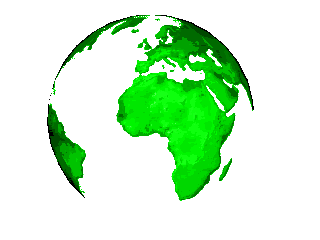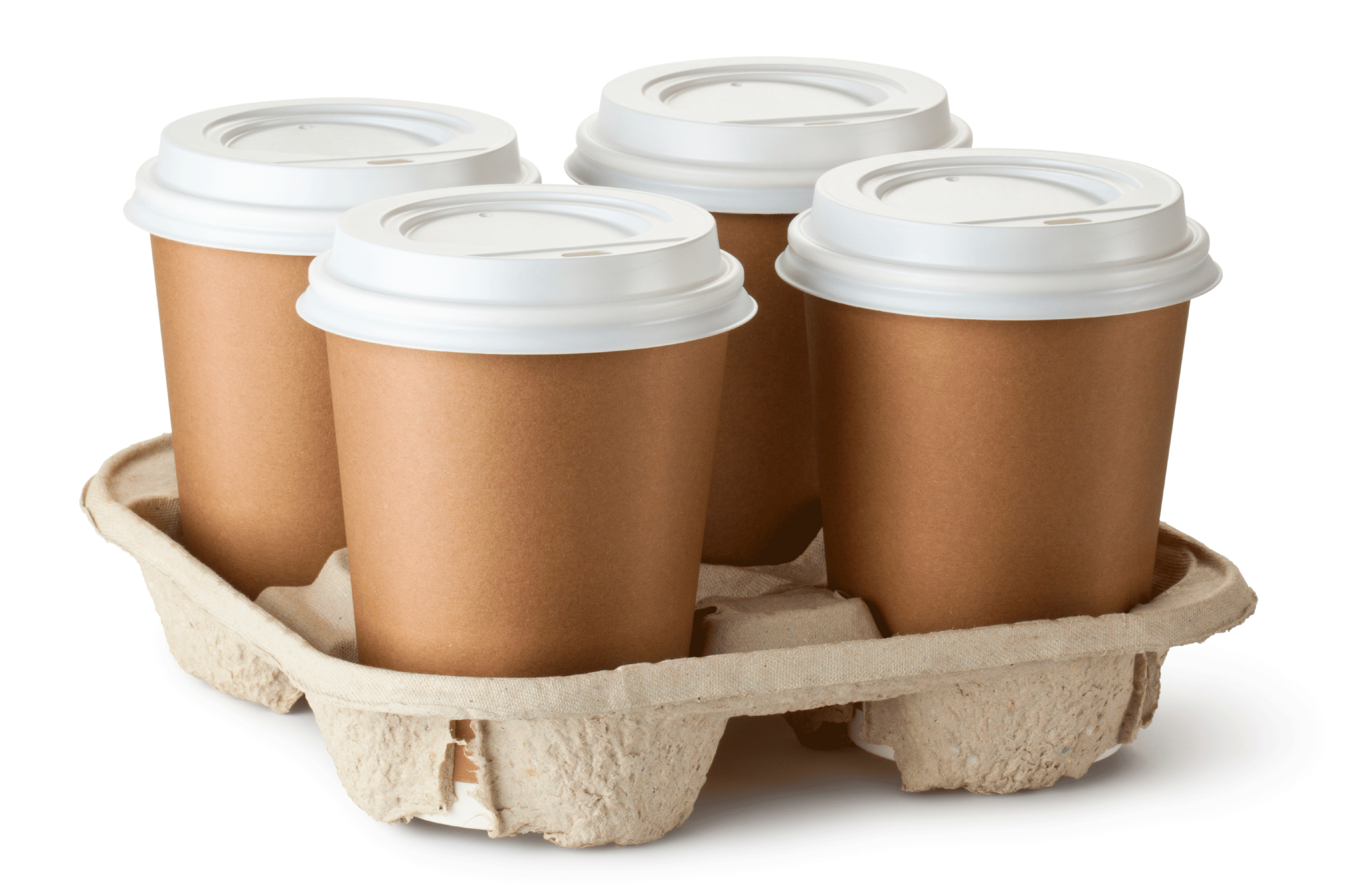Bioplastics
The Gateway to Bettering Earth Day by Day


Applications
[A.1]
Electronics

[A.2]
Most people use have electronics that include plastic parts like screens, casings, keyboards, the list goes on and on. As the electronic industry becomes more popular and wealthy, machines are working extra hard to meet the consumer's demands. With all this wasted energy and plastic parts that may end up in the ocean, bioplastic materials are used in electronics to minimize the damage to the environment. In Addition, "...researchers have modified a degradable bioplastic derived from corn starch or other natural sources for use in more eco-friendly electronic components."
[A.3]
Automobiles
Bioplastics have been used more commonly in the automotive industry. According to Chandler Harris, "a car, on average, has over 20,000 different parts which are often made from petroleum based plastic". Bioplastic vehicle parts are more carbon based instead of petroleum-based plastics, meaning less carbon dioxide can escape and pollute the air. Also, it can lead to a lack of petroleum resources. Money wise for the consumers, it makes the vehicles much lighter, which means less fuel is used and can be used to a longer period of time.
[A.4]

[A.5]
Food

[A.6]
Being mobile is getting less and less common because of delivery services. When asking for food to-go, restaurants produce "...over three million tons of waste every year." This number can be controlled since this is the cause of the consumer's demands. Bioplasctic products for food and drinks such as thermoformed coffee cup lids and injection-molded cutler have already made a difference in our environment with it's popular use. It is made of "plant-based products [that] perform as well as oil-derived equivalents, and are 100% biodegradable and ready to compost along with food waste."
[A.7]
Cosmetics
Traditional plastics are almost unavoidable in this day and age. Plastics are used every where in cosmetics including toothbrushes, razors, makeup, and much more. In facts, "...over 120 billion units of packaging a year." Most of the packaging ends up to be landfill, which is a large environmental factor. Plant-based bioplastics aim for both the people and the environment's satisfaction whereas traditional plastics don't have the correct balance between the good for the people and the good for the environment.

[A.9]
[A.8]

[A.10]
Industrial
The industry introduced bioplastics into the environment to "...meet the demand for both long-life and cost-effective materials that underpin the sustainability of operations." The industrial goal with bioplastics is make products with the resources given with the least impact on the environment as possible and "reduce greenhouse gas emissions."
[A.11]
Packaging
Even though it traditional plastics elongates shelf life, the problem with packaging is how it always ends up in landfill, causing a bad environment for sea creatures and pollutes the air we breathe. With bioplastics used in "...a wide range of packaging items, from primary and secondary packaging films, laminates and rigid sheets for thermoforming and vacuum forming..." they are just as useful as traditional plastics but they are better for the environment because of their biodegradation.
[A.12]
